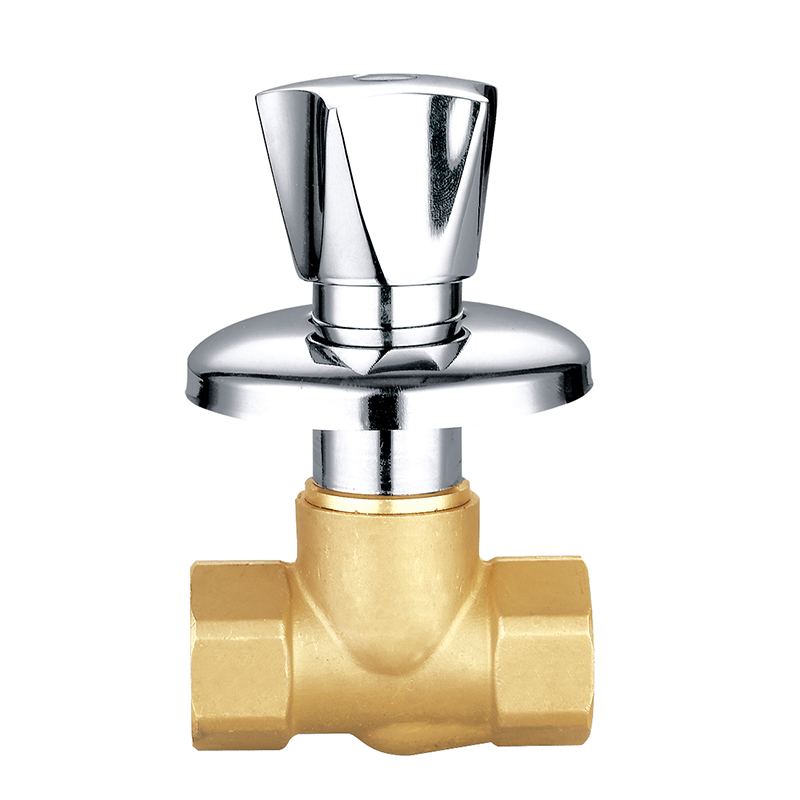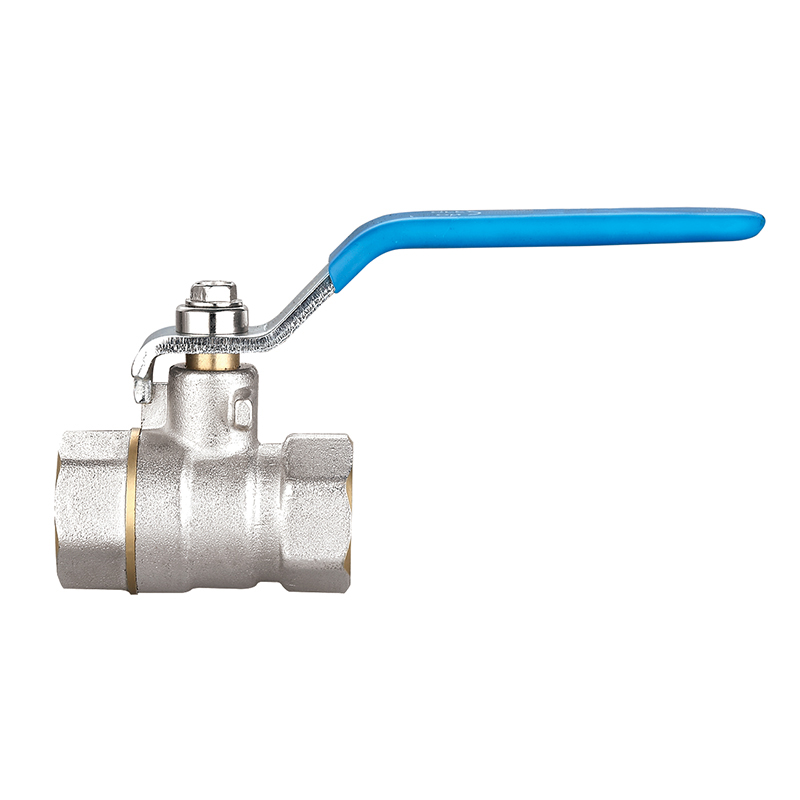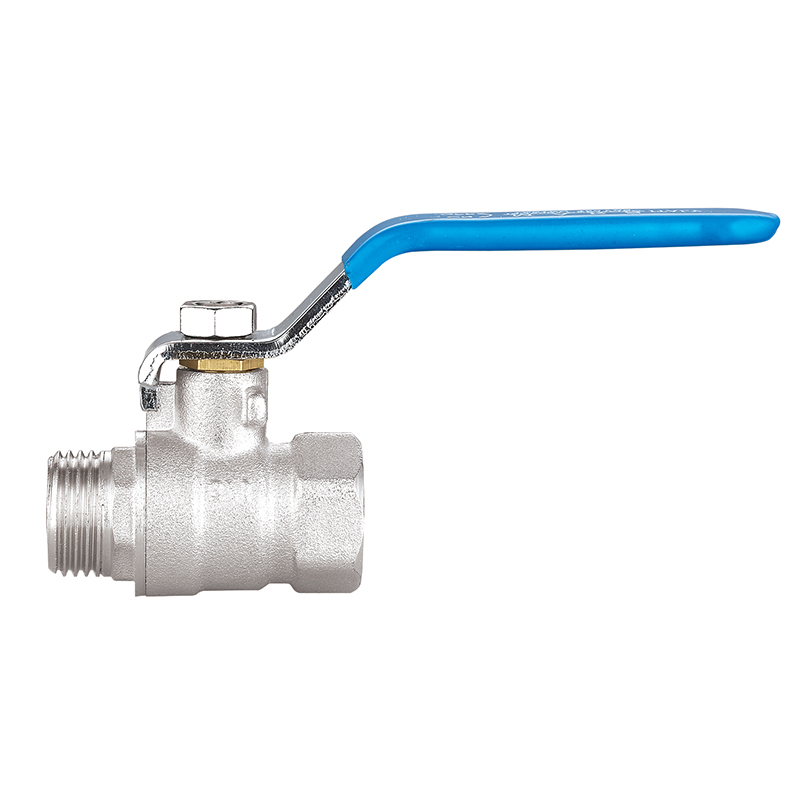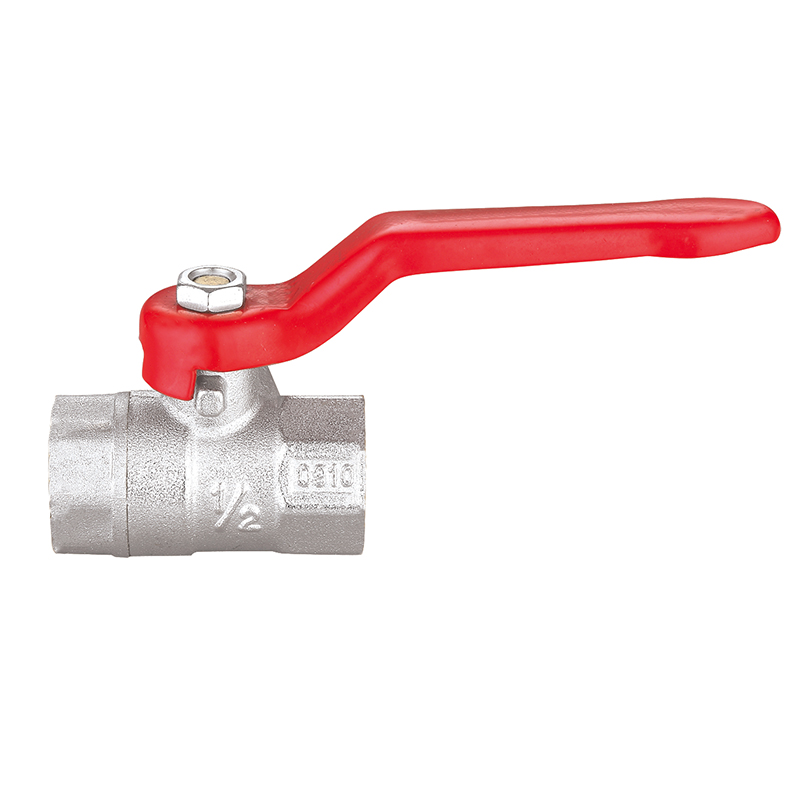Globe Valves: Precision Flow Control for Industrial and Utility Systems
2025-07-11
Globe valves are one of the widely used types of flow control valves in industrial, commercial, and utility piping systems. Their defining characteristic is the ability to regulate fluid flow with high precision, making them especially valuable in applications that require throttling or frequent flow adjustments. Unlike on/off valves that simply open or close, globe valves are engineered to allow operators to modulate flow across a range of positions, resulting in more controlled and stable system performance.
Their name derives from their typically spherical body shape, although modern designs may vary in form while retaining the same internal mechanism.
Core Design and Mechanism
At the heart of the globe valve is a movable disc or plug that presses down onto a stationary seat to restrict flow. Unlike gate or ball valves that rely on rotational movement, globe valves use linear motion, meaning the disc moves up or down perpendicular to the flow path. This design allows for precise regulation, particularly in systems that demand gradual opening or closing.
Internally, a globe valve typically consists of:
A valve body, which houses the seat and the disc.
A bonnet, containing the stem and the sealing elements.
A handwheel or actuator, which turns to raise or lower the stem.
When the stem is rotated, it raises or lowers the disc against the seat, reducing or increasing the flow area incrementally.
Key Features of Globe Valves
Throttling Capability
Globe valves are designed for control. Their internal configuration forces fluid to change direction as it passes through the valve, which slows flow and allows for more precise modulation compared to other valve types.
Leak-Resistant Closure
The close contact between the disc and seat results in a tight seal when the valve is fully closed, reducing the risk of leakage and ensuring reliable shut-off in critical applications.

Versatile Flow Control
Whether you're dealing with steam, water, oil, air, or chemicals, globe valves handle a wide range of fluids effectively.
Straightforward Maintenance
Because of their modular structure, globe valves are relatively easy to disassemble for inspection, repair, or cleaning.
Types of Globe Valves
Globe valves come in various body patterns, each suited to specific space or flow requirements:
Z-Type (Straight-Through) Globe Valve
This classic design offers the throttling performance due to its long flow path, though it creates higher pressure drops. It's widely used in applications where flow control takes priority over flow efficiency.
Y-Type Globe Valve
With a seat set at a 45-degree angle, the Y-pattern provides a compromise between throttling and reduced pressure loss, making it ideal for high-pressure systems.
Angle Globe Valve
This design turns the flow at a 90-degree angle, eliminating the need for a separate elbow fitting. It’s useful in corner piping layouts and offers easy flow regulation with a smaller footprint.
Materials and Construction Options
Globe valves are manufactured from various materials depending on their intended application:
Cast Iron and Ductile Iron: Common in low-pressure water systems and municipal plumbing.
Carbon Steel: Suitable for higher temperature and pressure ratings in industrial systems.
Stainless Steel: in corrosive or sanitary environments like food processing or chemical production.
Bronze and Brass: Used for smaller valves in marine or potable water applications.
Seating materials may include metal-to-metal contact for high-temperature service or soft seats like PTFE or rubber for enhanced sealing in low-pressure systems.
Applications of Globe Valves
Due to their precision, globe valves are used wherever fluid flow must be adjusted and maintained at specific levels:
Boiler Feedwater Systems: For controlling steam and condensate lines.
Cooling Water Circuits: In HVAC and industrial refrigeration systems.
Fuel Oil Systems: To throttle flow in burners and heaters.
Chemical Processing Plants: For accurate dosing and mixing of fluids.
Water Treatment Facilities: For flow regulation in filtration and distribution lines.
Power Plants: To modulate steam and turbine feed systems.
Advantages of Globe Valves
Reliable Flow Regulation: Ideal for throttling over a wide range of flow conditions.
Good Shut-Off Capability: leakage when fully closed.
Robust Design: Handles fluctuating pressure and temperature with stability.
Ease of Operation: Manual and automated options available for various control needs.
Whether you want to become our partner or need our professional guidance or support in product selections and problem solutions, our experts are always ready to help within 12 hours globally.




 русский
русский Español
Español عربى
عربى





